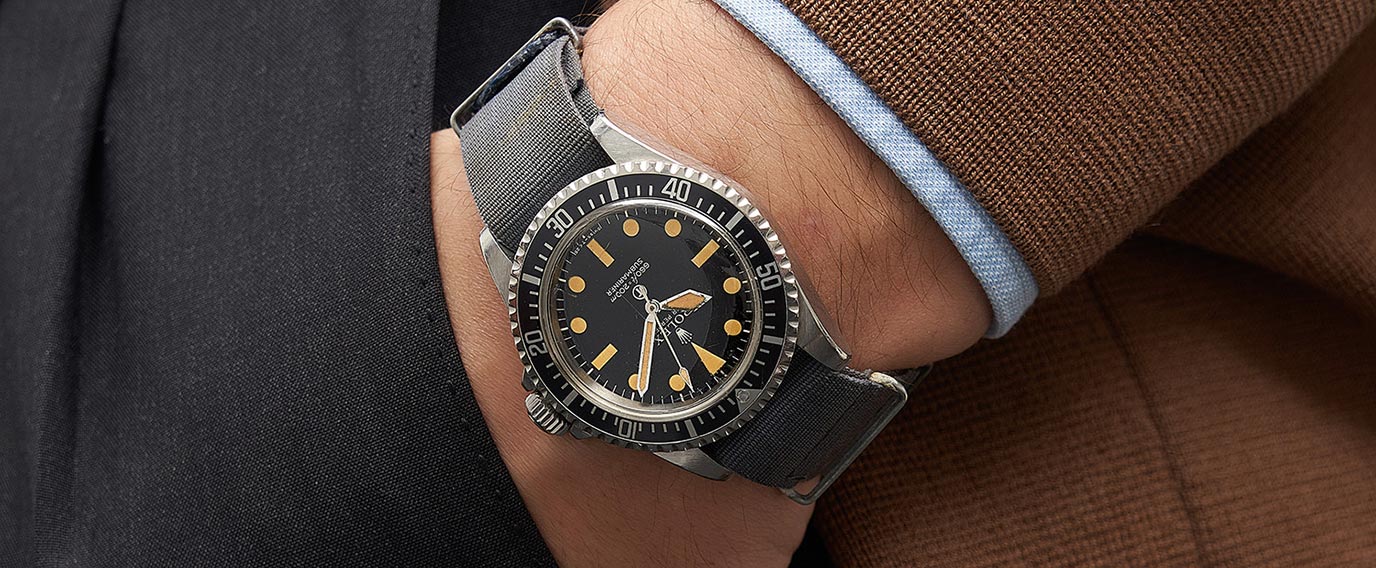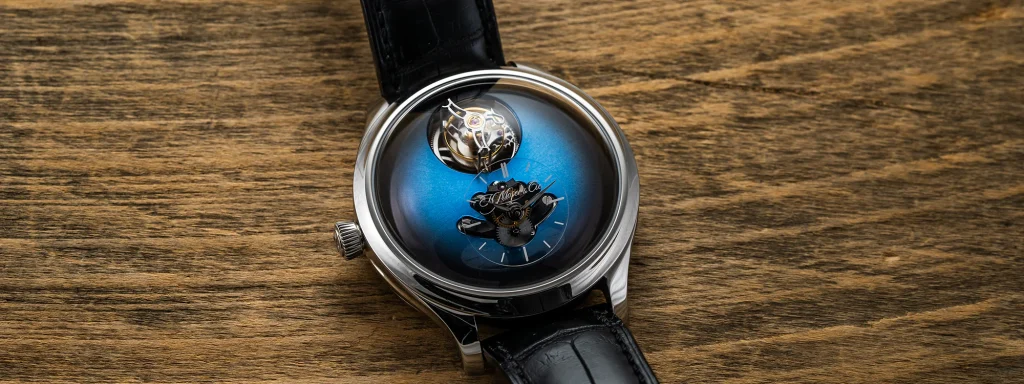Introduction
A watch is more than just a tool for telling time—it’s an extension of your personality, a reflection of your style, and often, a symbol of achievement. With countless options available, choosing the perfect watch can feel overwhelming. From understanding the types of movements to identifying the right materials, each detail plays a crucial role in finding the timepiece that truly complements your lifestyle.
In this comprehensive guide, we’ll walk you through the essential factors to consider when choosing a watch, helping you make an informed decision that balances functionality, style, and personal preference.
1. Know Your Watch Types
The first step in choosing the perfect watch is understanding the different types available:
- Analog Watches: These feature traditional hour, minute, and second hands, offering a classic look suitable for formal and everyday wear.
- Digital Watches: Featuring LED or LCD displays, digital watches are modern, functional, and often come with additional features like alarms and stopwatches.
- Smartwatches: Ideal for tech-savvy users, these combine fitness tracking, notifications, and customizable interfaces with traditional timekeeping.
- Hybrid Watches: Merging analog and digital features, hybrids provide the best of both worlds.
- Mechanical Watches: Powered by intricate movements, these are a testament to craftsmanship and are ideal for collectors.
Understanding these categories will help you narrow down your choices based on your needs and lifestyle.

2. Decide on the Movement
A watch’s movement is its beating heart, and the type of movement can greatly impact its performance and maintenance requirements.
- Quartz Movement: Powered by a battery, quartz watches are accurate, low-maintenance, and cost-effective.
- Mechanical Movement: This includes hand-wound and automatic movements. These are highly sought after for their craftsmanship and tradition but require regular maintenance.
- Solar-Powered Movement: Using light to power the watch, these are eco-friendly and require minimal upkeep.
For everyday reliability, quartz might be the way to go, but if you’re seeking heritage and artistry, mechanical movements offer unparalleled charm.
3. Match Your Watch to Your Style
A watch should seamlessly fit into your wardrobe and lifestyle. Consider the following:
- Casual Watches: With minimalist designs and comfortable straps, these are perfect for day-to-day activities.
- Dress Watches: Sleek and elegant, these are designed to pair with formal attire, often featuring slim cases and leather straps.
- Sports Watches: Rugged and feature-packed, sports watches are ideal for outdoor enthusiasts and athletes.
- Luxury Watches: Often crafted from precious materials, these are statement pieces that reflect sophistication and success.
Think about where and how you’ll wear the watch to ensure it aligns with your personal aesthetic and daily needs.
4. Consider the Watch Case
The case is the body of the watch, and its material, size, and shape can greatly influence the overall look and feel:
- Materials:
- Stainless Steel: Durable, versatile, and resistant to rust and corrosion.
- Gold and Platinum: Exude luxury but are typically heavier and more expensive.
- Titanium: Lightweight and strong, perfect for active lifestyles.
- Ceramic: Scratch-resistant with a modern aesthetic.
- Size:
- Choose a case size proportional to your wrist. For men, 38mm to 42mm is standard, while women often prefer 28mm to 34mm.
- Larger cases (over 44mm) are trendy but may not suit smaller wrists.
- Shape: Round cases are classic, while square, rectangular, or asymmetrical shapes add a contemporary twist.
5. Pay Attention to the Strap
The strap not only secures the watch but also contributes to its overall aesthetic and comfort:
- Leather Straps: Timeless and versatile, suitable for both casual and formal settings.
- Metal Bracelets: Durable and sophisticated, offering a more polished look.
- Rubber or Silicone Straps: Ideal for sports watches, providing comfort and water resistance.
- NATO Straps: Lightweight and affordable, perfect for casual wear.
Consider interchangeable straps if you want to switch up your watch’s style for different occasions.
6. Evaluate the Features
Modern watches come with a variety of features, some functional and others purely decorative. Decide which features are essential to you:
- Chronograph: Acts as a stopwatch, great for timing activities.
- GMT Function: Displays a second time zone, ideal for frequent travelers.
- Water Resistance: Varies from splash-proof to depths of 300m or more for diving.
- Date Display: A practical addition for everyday use.
- Moonphase Indicator: Aesthetic and intriguing, showing the current phase of the moon.
Don’t be swayed by features you won’t use—focus on practicality and relevance.
7. Set Your Budget
Watches are available in a wide price range, from under $100 to several thousand dollars. Setting a budget upfront helps narrow down your options:

- Entry-Level: Brands like Seiko, Citizen, and Timex offer excellent value for under $500.
- Mid-Range: Hamilton, Tissot, and Longines provide quality mechanical watches in the $500–$2,000 range.
- Luxury: Rolex, Omega, and Cartier start at $5,000 and up, offering exceptional craftsmanship and prestige.
Remember, price doesn’t always equate to quality. Research and choose a watch that offers the best value within your budget.
8. Research Brands and Reputation
A watch’s brand often reflects its quality and heritage. Renowned brands like Rolex, Patek Philippe, and Audemars Piguet are synonymous with luxury, while Seiko and Casio are known for reliability and innovation. Explore customer reviews, brand histories, and warranties to ensure you’re investing in a reputable piece.
9. Test the Fit and Feel
When possible, try on the watch before purchasing. Pay attention to:
- Weight: A heavy watch might feel luxurious but can become uncomfortable over time.
- Comfort: The strap should sit snugly but not too tight on your wrist.
- Readability: Ensure the dial is easy to read in various lighting conditions.
If shopping online, look for detailed size guides and customer feedback to gauge fit.
10. Consider Maintenance and Longevity
Watches are long-term investments, and proper maintenance ensures they remain functional and stylish for years to come:
- Service Intervals: Mechanical watches require servicing every 3–5 years.
- Battery Life: Quartz watches typically need a battery replacement every 1–2 years.
- Cleaning: Regularly clean the case and strap to maintain its appearance.
Investing in a high-quality watch from a reputable brand reduces the likelihood of frequent repairs.
Conclusion
Choosing the perfect watch requires balancing style, functionality, and personal preference. By understanding watch types, movements, materials, and features, you can make an informed decision that fits your needs and enhances your style.
Whether you’re looking for a versatile everyday watch, a luxurious statement piece, or a rugged companion for outdoor adventures, the right timepiece is out there waiting for you. Take your time, explore your options, and invest in a watch that you’ll treasure for years to come.

